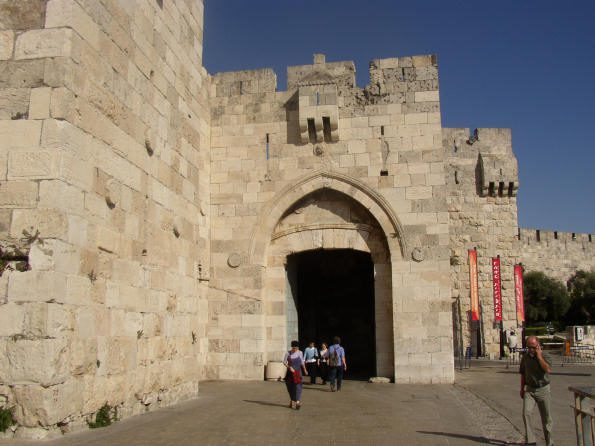
Wikimedia Commons public domain image
For various reasons, I’ve had a difficult time blogging over the last several days. But I’m going to try to get back into the rhythm of things. Here’s a snippet from a manuscript-in-progress:
Early Zionists, coming from Europe, were often unaware—sometimes because they were simply not told—that there already was a people in Palestine who regarded it as home. Their slogan, endlessly repeated, was “The land without a people for the people without a land,” as if, alone among all the habitable regions of the world, here was a place that was simply empty. And if there were Arabs there, well, they were Arabs just like other Arabs, indistinguishable and interchangeable. Fungible. They could live anywhere else just as well. After all, they had the whole Arab world. Golda Meir, the then prime minister of Israel, was once asked in an interview by the London Sunday Times about the Palestinians. “They do not exist,” she replied simply. In this, her attitude was not so very different from that of many modern Americans, who continue to be puzzled by the notion of Palestinians. “Why,” they ask, “don’t the Palestinians just go and live in Egypt or in Jordan or the Gulf? They’re all Arabs, aren’t they?” But to say such things is to overlook the differences of culture and dialect, to miss the peculiar history that links a people to a place after centuries of living there, and to ignore the sheer fact that, to the Palestinians, this is their land.[1] I always like to ask these Americans whether, if some foreign power were to take over the United States and expel them, they would be perfectly content to go and live in New Zealand or Scotland instead. Would they happily give up claim to their property? When the issue is put in such terms, of course, most Americans will begin to understand. It is part of the guilt and shame of some Zionists that, living in Palestine and coming into frequent contact with the Palestinians, they still do not understand.
Not surprisingly, the Palestinian Arabs and the surrounding Arab states all rejected the United Nations proposal to partition Palestine between Arabs and Jews. They felt, with some justification, that Palestine was theirs and that no foreigner had the right to divide up their land and give part of it away to yet another group of foreigners. Furthermore, they felt—mistakenly, as it turned out— that they had the strength to resist such a proposal and to drive the intruders out of their land.
[1] It is significant that, when the Israelis invaded Beirut in September 1982, one of their main targets was the PLO Research Center. This was hardly a military target. The Center was the repository of old photographs of Palestine, old land deeds and other records, books, and pre-1948 maps. Manifestly, the Israelis wanted to eliminate this tangible evidence of the fact that there was another people with a very strong legal claim to Palestine. On this, see Friedman, From Beirut to Jerusalem, 159.
Posted from Jerusalem, Israel











